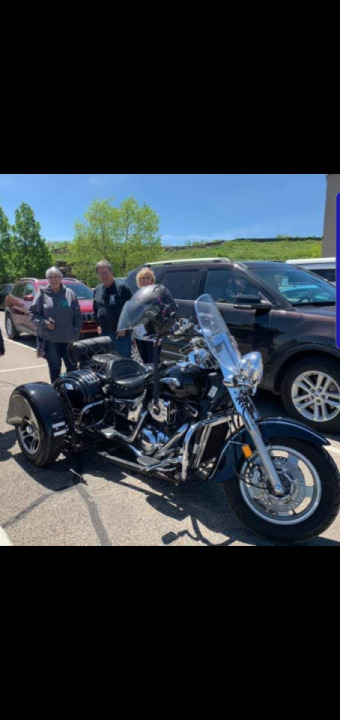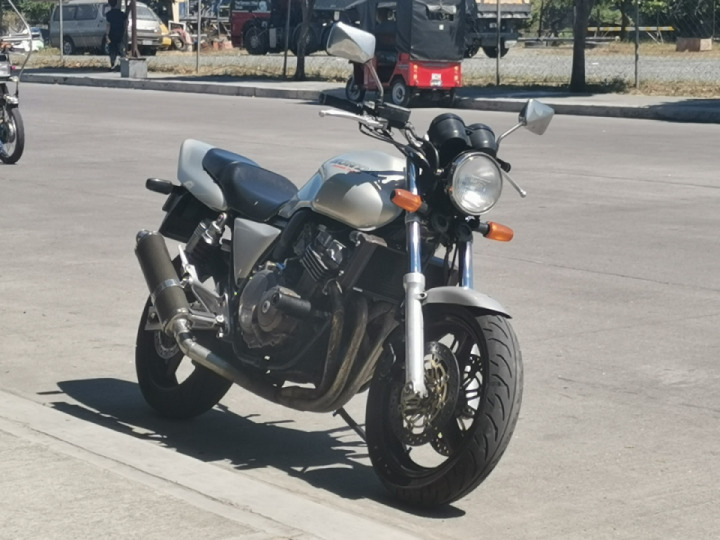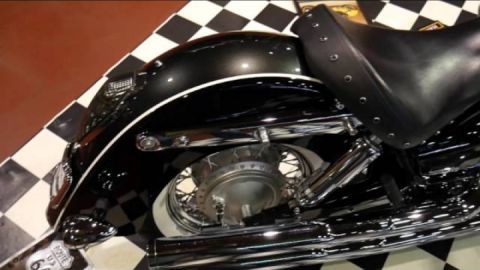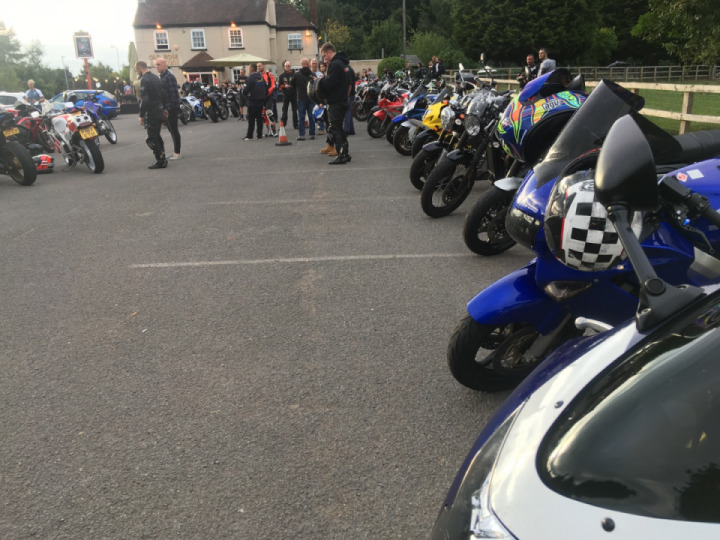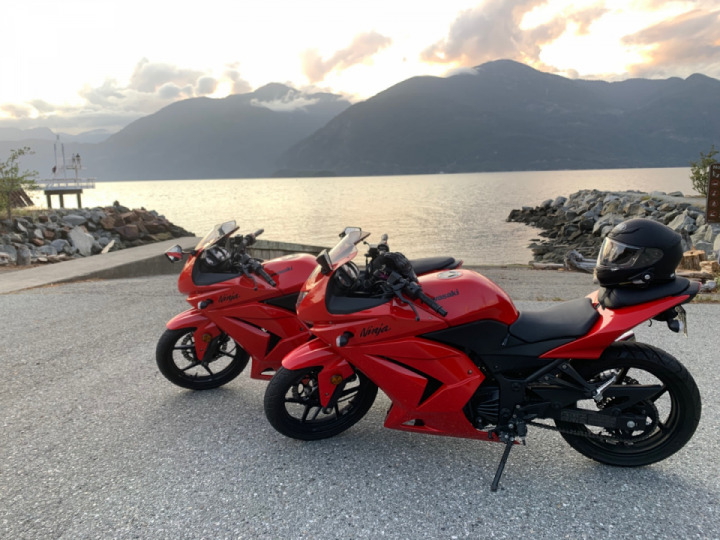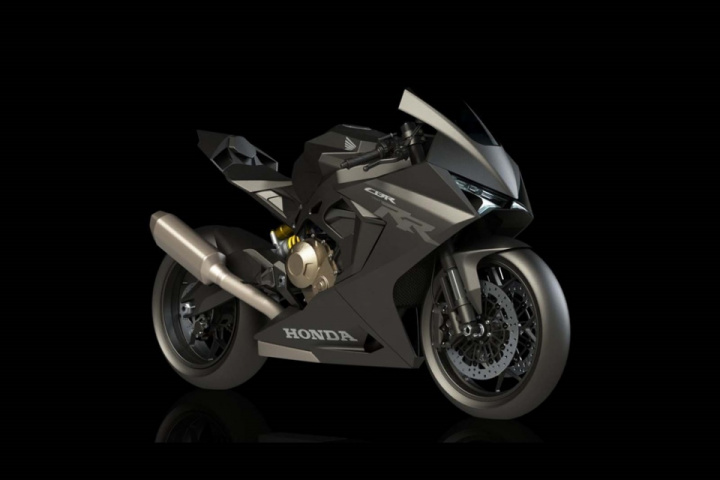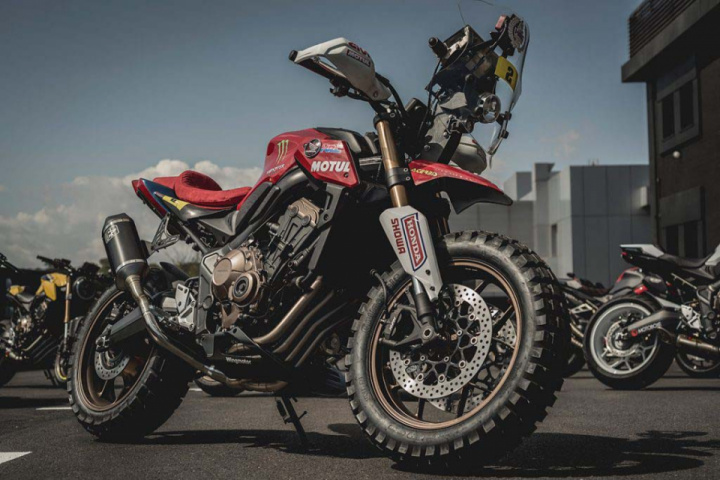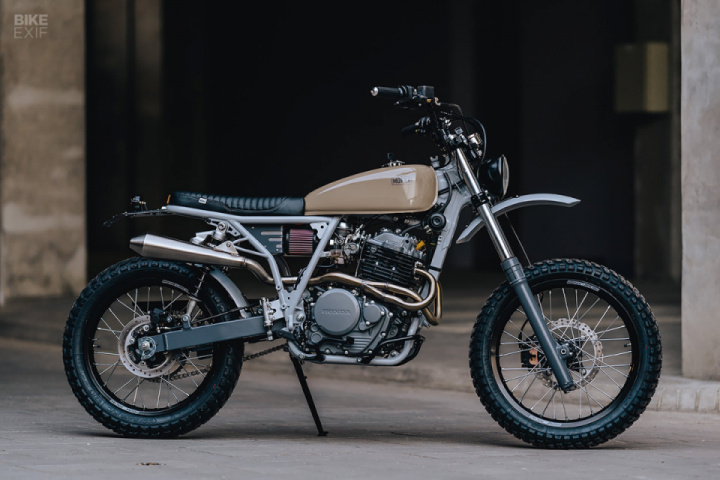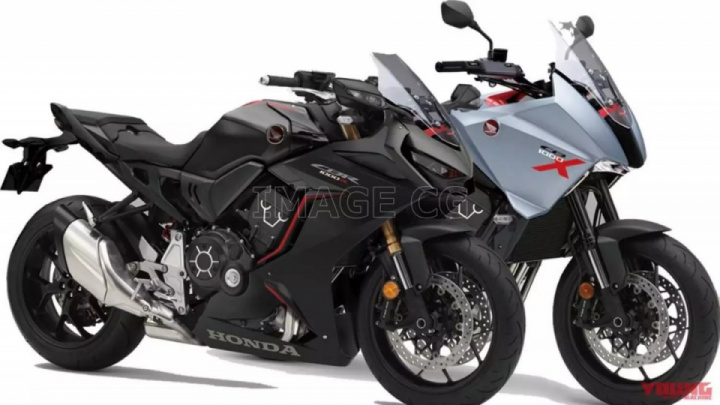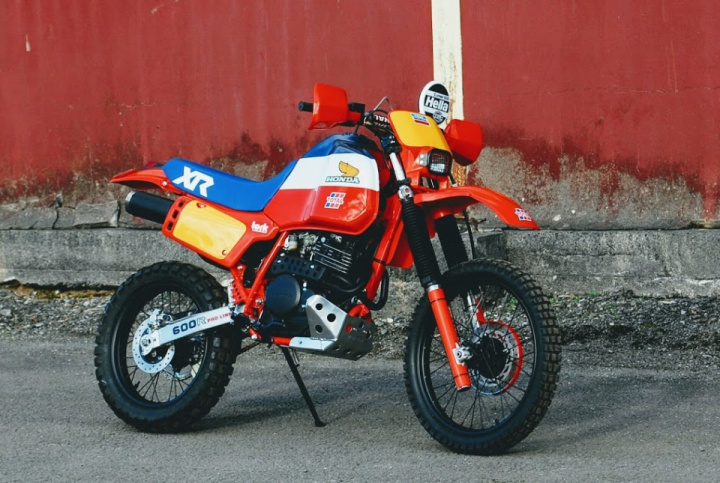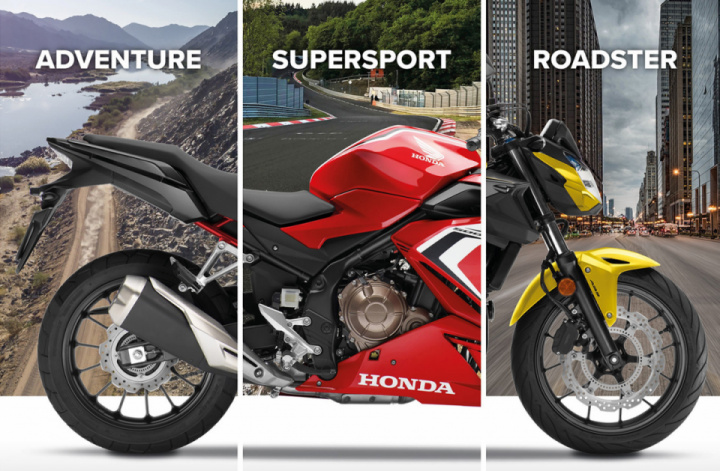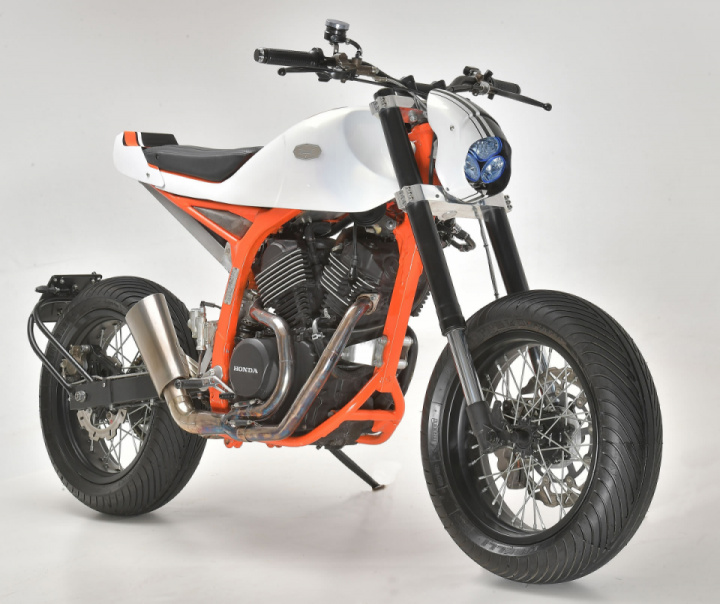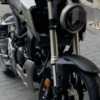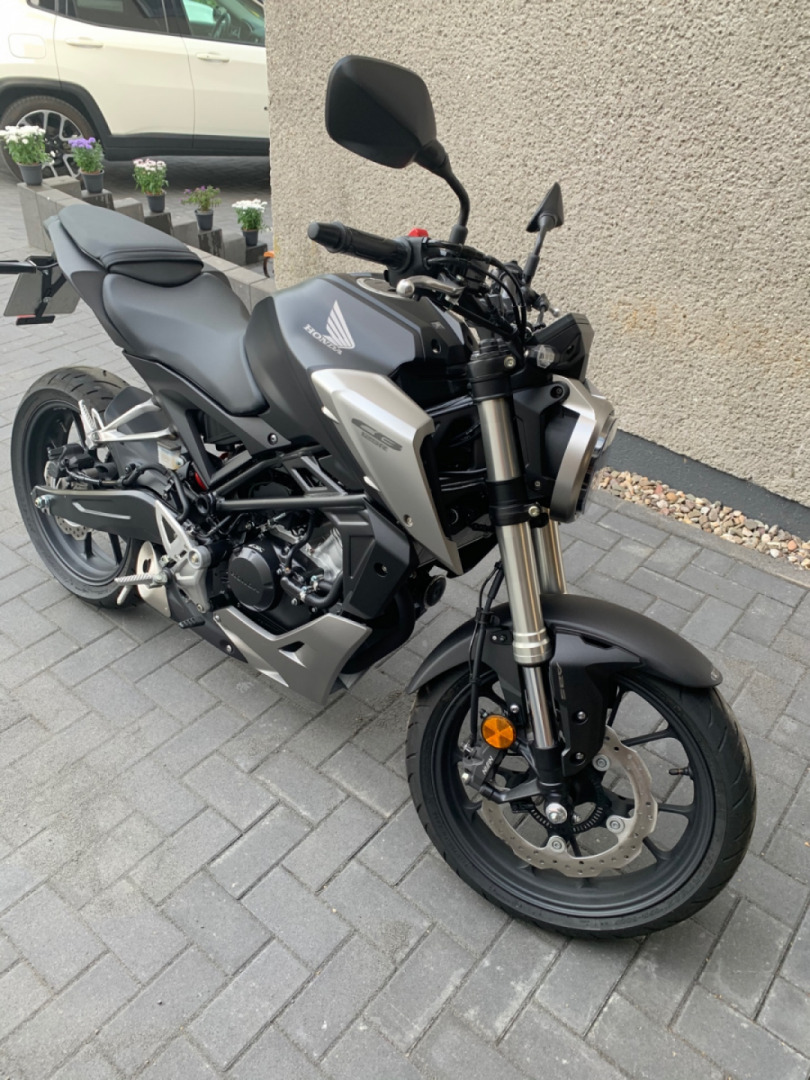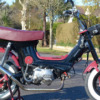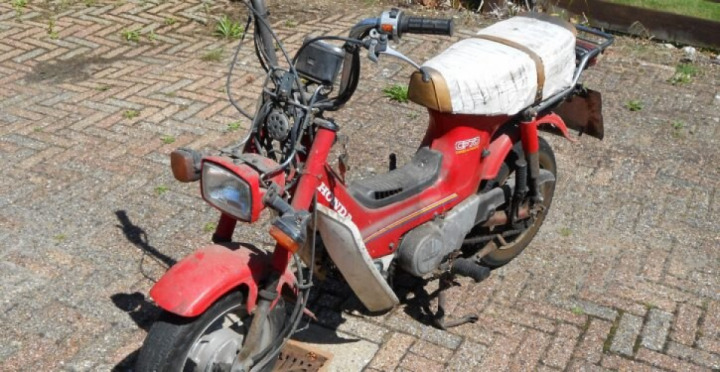Evaluating Old Honda Twins - Six Easy Steps
I am reposting this gem of information for HondaTwins.net. Original post has been removed. It was an invaluable piece of information for me as a beginner, so it is my hope that other beginners will find this and get the help they need. Below is the transcribed article, all credit goes to someone by the name of Bill (who, I believe, was badly injured in a wreck and he deleted his account, very sad.)
Evaluating old bikes in 6 easy steps
“My Honda Twin won’t.........”
OK, you’re a Newb, you just found an old Honda twin, and you’re pretty sure you want to do this vintage bike thing.
Whether you’re evaluating a prospective purchase, or you’ve already got the bike home, here are six easy steps to get the info you need to make rational decisions about this project.
Don’t go off half-baked and just start tearing into or adjusting things - and don’t start firing half-baked questions at the folks on your favorite newsgroup (hopefully HondaTwins.net).
You’ll waste their time as well as your own, and you’ll waste money - this stuff gets expensive, as you’ll soon find out.
First, disregard anything the Previous Owner might have told you. Probably all lies in the first place.
It would be great if the bike leapt to life and ran great first time you try, but it rarely happens that way in real life......
1) Change the Oil - Just do it, don’t even start the bike until you do it.
Examine the old oil carefully, look for color, metal shavings, bits of rubber, etc.
Smell it - does it smell of fuel??
Pull out the spark plugs and go here - this will indicate how the bike ran the last time it did run....
2) Battery - the root cause of so many apparently unrelated problems.
The ignitions on these old Hondas runs totally off the battery.
They simply won’t start and run ok with a compromised battery.
Worse yet, these batteries are about half the size they need to be, so it doesn’t take much to hurt them. I’ve always held that I’d be glad to pack another 10 pounds on my bikes, as long as it was a bigger battery.
If your battery has been run completely dead more than 4-5 times, then it’s been hurt.
Brand new batteries can be bad right out of the box, so be aware of that - happened to me just last summer.
If it’s old, replace it.
If it looks weird, replace it.
If there’s any question at all, replace it.
And buy a Battery Tender.
3) Compression - probably the #1 cause of problems with Barn finds and unrestored bikes (once you get a new battery).......
These old bikes had pretty high compression, and most don’t retain it after years of inactivity - even low mileage bikes.
Beg, borrow, or steal the use of a compression gauge - only takes a minute to do.
Better still, do a leak-down test, it will tell you exactly what's going on.
If you don't have either tool, try a local auto repair place, or a parts store. Many times you can talk them into doing it for you for free or cheap (six packs work well.....). It just takes a minute to do.
Warm engine, throttle wide open, no choke. Take readings at both spark plug holes a couple of times.
If it won’t run, take the readings with a cold engine - generally only about 5 pounds or so less than a hot engine.
If the compression values are acceptable, resist any temptation to mess with the engine.
If the numbers are unsatisfactory, stop now, you have some serious problems. You are looking at a top end job, could cost you anywhere from $150-$300 or more, depending on what you find.
It is pointless to try and get the bike to run well, it’s not gonna happen, a waste of time and money.............
These are incredibly tough old engines - they will try and run for you no matter how bad they are, but don’t be fooled.
Examples of MINIMUM compression values before top end rebuild is indicated (straight from Honda Manuals) -
CB350- 150 psi
CB450- 164 psi
CB360- 149 psi
[dan: my cl200 runs perfectly fine at 135 psi, and this is after new piston rings and honed cylinders. the smaller engines like my 200cc don't create as high of pressure (psi). that being said, the experts say the 175/200cc engines should be at least 150 psi. hmmm...]
Fuel - A word on fuel.
Honda is clear in the 350 manual - the bike was designed around 95 octane fuel. Back in The Day, that was “regular” gas. It is reasonable to expect that 450/350/360/175/200 (as well as the SOHC 4's) were all designed around this octane level.
It’s hard to find gas like that today. I keep a couple of 5-gallon cans in my garage that have been treated with octane booster (on The Road, I do the best I can, like everyone).
[dan: i dissagree with this. back in the day 95 octane is not the same as it is today. i won't get into the science, but 87 octane from todays pumps are perfectly fine and i know for a fact that my bike does not like 91 octane or higher. however, today's gas/petrol/fuel now contains ethenol which our old engines don't like because they will dry out the seals in the carbs. my town has two gas stations that supply fuel with no ethonol added, but it's more expensive.]
Lots of folks will argue about this octane stuff, that’s fine. It’s your bike, after all, run whatever gas you please.
But I notice an easily perceptible increase in performance on my bikes when I run high-octane, they like it. So that’s the last word for me.
My tractor and snow blower like high octane, too !!!
4) Timing - Next in order of potential for trouble is the ignition timing.
First make sure all your components, points/coils/condensors/wires/caps are all ok.
Remember, this stuff is around 35-40 years old now, that’s not good for electrical stuff, it wasn’t designed with a 50 year service life.
Also be aware that condensors have a limited shelf life even if they’ve never been used.
Parts are widely available for most stuff, and aftermarket coils are available for cheap.
Armed with their Clymer’s manual, a lot of folks read “gap the points”, and happily proceed to gap both points, not realizing they probably just screwed up their timing even worse than it was.
Go to the articles at HondaTwins.net to get an idea of the correct timing procedure for these bikes. The procedure is very specific to the Honda Twins, and must be followed to the letter.
5) Carbs - The carbs and fuel system.
Check the condition inside your tank - if there’s rust, you need to do something about it.
Check the petcock - any leaks or sediment in there, does it work ok and deliver fuel to the carbs ok?? If the tank rusty, the petcock most likely needs help.
Finally, are the carbs clean?? Do they have fuel in the float bowls?
Is there any leaking?? If so, you need to fix that right away, it will destroy the new oil you just put in..........
Now find the article at HondaTwins.net about setting up 450 carbs - the info applies to all the CV carb Twins of the era.
6) Running Gear - This is safety-first stuff.
Tires - if they’re more than 4-5 years old, replace them. Don’t mess around, just replace them.
Brakes - make sure everything works quietly and smoothly.
Drive chain - make sure it’s in good shape. Grab the chain at the 3-o'clock position of the rear sprocket, pull it straight back. If it separates from the sprocket more than just a little, it’s suspect.
If you have the chain off, hold it by one end and try to extend it horizontally “against the grain”. If it sags like a rope, it’s bad.
Swingarm - with the bike on the center stand, grab the rear wheel at the 12-o’clock position and push hard side to side (rider left to rider right). If there is any play at all, the swingarm bushings are bad, and the bike is not safe to ride, depending on the severity.
It needs to be very tight.
Forks/shocks - not much can be said about Honda’s rear shocks of this era - they either work (sort of) or not. Usually it’s a matter of how much rust you can put up with, if they do work.
It would be prudent to drain and replace the fork oil. It’s an easy procedure, and will let you know if there are any leaks (in a short while). Many times on barn finds, there’s no oil at all in the forks. You can use regular fork oil, or you can use ATF, whatever strikes your fancy.
Finally - You’ve now made a pretty good effort to do this thing. If you’re still having problems, or just want to share your joy at success, now is the time to post your questions to the experts at HondaTwins.net. You’ll have accumulated much of the info they need to diagnose your situation, and performed many of the steps they would suggest in the first place. There’s a dandy Search function at the site - use it, your problem has most likely been specifically addressed before.
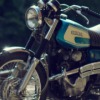
 Follow
442
Follow
442


